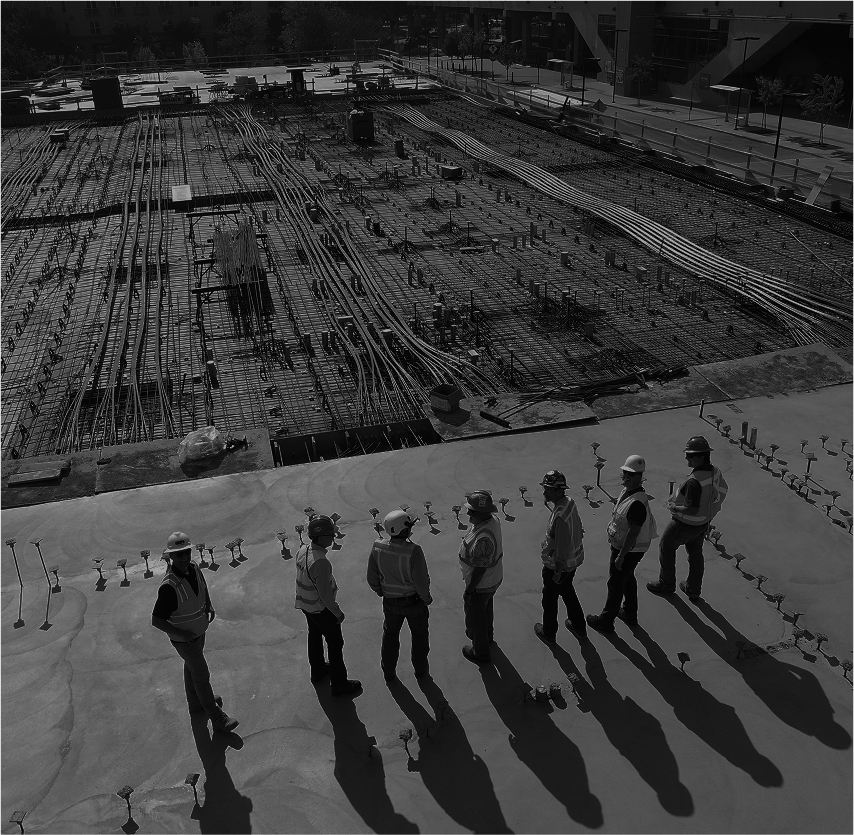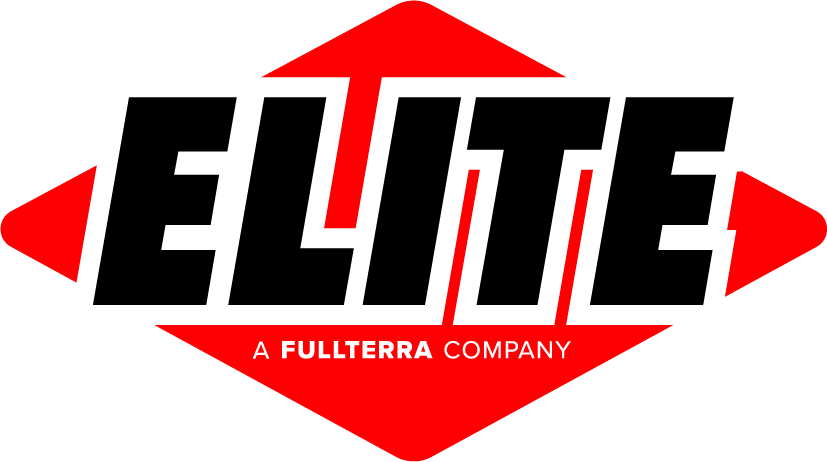Navigating Construction Defect Litigation

Understanding Construction Defect Litigation
Construction defect litigation can be a complex and overwhelming process. Whether you’re a property owner dealing with costly repairs or a construction professional facing a claim, understanding what qualifies as a defect—and how the legal process works—is critical to protecting your rights and interests.
Resolving Construction Defect Litigation
Resolving a construction defect claim often requires a thorough investigation, expert evaluations, and legal representation. Property owners must document all defects, associated damages, and any attempts at remediation. In many cases, claims must be filed within a specific time frame—often referred to as the statute of limitations or repose—so timely action is crucial.
Construction professionals also have rights and defenses. If you’re a contractor, builder, or subcontractor facing a claim, it’s important to consult with a construction attorney to evaluate your liability, insurance coverage, and legal options. Dispute resolution methods may include:
- Mediation or arbitration (often required by contract)
- Settlement negotiations
- Formal litigation in civil court
Advanced Construction Technologies offers radon, methane, and soil VOC vapor mitigation systems to help your building comply with environmental codes and avoid potential lawsuits.
What Qualifies as a Construction Defect?
A construction defect is a deficiency in the design, materials, or workmanship of a building that results in damage or a failure to meet performance expectations. These defects may arise during or after construction and can violate local building codes, the construction contract, or standard industry practices. Property owners can pursue legal action against a range of parties, including general contractors, subcontractors, architects, engineers, developers, and even manufacturers of faulty materials or components.
Construction defects generally fall into four main categories:
- Design Defects
Design defects stem from errors in the architectural or engineering plans. These flaws may affect the functionality or safety of the structure. For example:
- Foundation cracks and settlement due to improper construction or incomplete resolution of geotechnical issues.
- Geotechnical concerns that were not addressed prior to construction resulted in landslides, leading to improper drainage and sidewalk separation.
These issues often originate before construction even begins and may be attributed to architects, engineers, or designers.
- Substandard Materials
Using low-quality or inappropriate materials can significantly shorten a building’s lifespan and reduce its market value.
Manufacturers and suppliers may be held liable if the materials fail to meet industry standards.
- Construction Defects (Poor Workmanship)
Even the best designs and materials won’t hold up if the construction is rushed or careless. Common workmanship-related issues include:
- Substandard preparation of soils such as drainage, compaction, and grading
- Improper preparation of the land and geotechnical environment before construction began
- Substandard laid foundation
- Improperly installed vapor barriers with insufficient sub-slab venting systems
These issues typically fall under the responsibility of the general contractor or subcontractors responsible for on-site construction.
Clarification:
While design defects and construction defects can appear similar, the distinction lies in the origin of the problem. Design defects result from errors in planning, while construction defects arise during the execution of those plans.
Who We Serve
- Aerospace & Defense
- Industrial, Pharmaceutical & Logistics Facilities
- New Residential Construction & Commercial Redevelopment
- Municipalities, Universities, Schools, and Hospitals
Get Help With Your Construction Defect Litigation
If you’re dealing with a construction defect—whether as a homeowner, a developer, or a municipality—it’s essential to seek legal guidance early in the process. Understanding your rights and obligations can make the difference between a successful resolution and a costly mistake.
Contact us today to schedule a consultation and get the help you need to navigate the legal landscape of construction defect litigation.
Let’s talk about your project.
Results of Construction Defect Litigation
The outcome of construction defect litigation depends on the nature and severity of the defect, as well as the strength of the evidence. Possible results include:
- Remediation Orders: The responsible party must repair or replace the defective work or materials.
- Monetary Compensation: Damages may include the cost of repairs, diminished property value, loss of use, or even relocation expenses.
- Penalties or Fines: In cases of serious misconduct or regulatory violations, fines may be levied by authorities.
- Insurance Payouts: In some instances, a contractor’s liability insurance may cover the damages.

Part of the
FullTerra Family
Together with our sister companies, we provide comprehensive design-build-monitor solutions that protect properties and people across all 50 states.

Our California roots have grown into nationwide reach
As the environmental industry has grown, so have we. We’ve successfully designed and installed soil, groundwater, and vapor mitigation systems in 25 states, including California, Utah, Colorado, Arizona, New Mexico, and Nevada.
- Design / Installation
Designed and installed systems across the nation
- Offices
Corporate HQ in Irvine, CA with an office in San Ramon, CA

Complex sites require sophisticated solutions.
Join developers and property owners nationwide who trust us with their most challenging environmental projects.
Complex sites require sophisticated solutions.
Join developers and property owners nationwide who trust us with their most challenging environmental projects.







